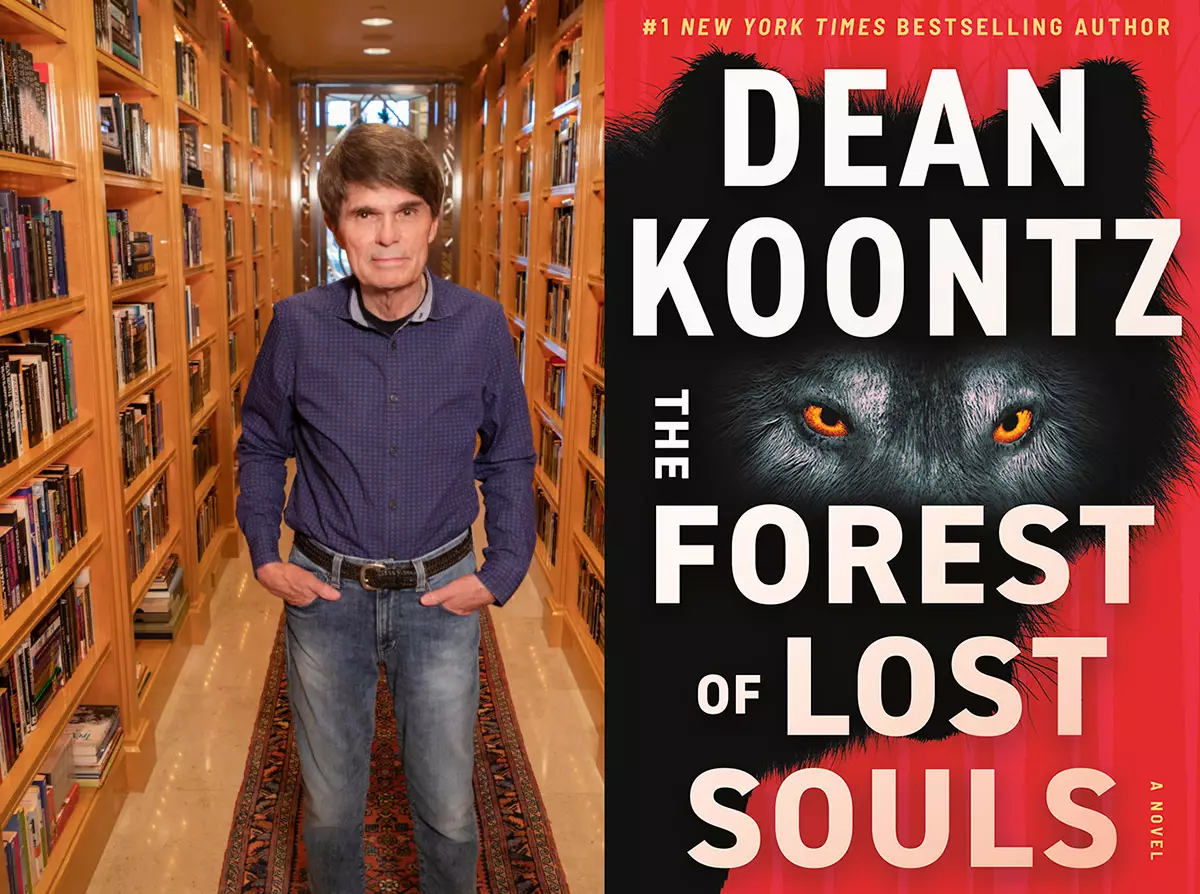In the realm of contemporary supernatural thrillers, few authors capture the imagination like Dean Koontz. His latest offering, “The Forest of Lost Souls,” introduces readers to Vida, a resilient woman shaped by both the harsh realities of life and her profound connection to nature. This story weaves a compelling narrative where the protagonist does not merely fight against the corrupt forces in her town but is bolstered by her unique bond with the wolves of the forest. Koontz effectively uses this framework to explore themes of loss, resilience, and the fight against malevolent powers disguised under the facade of normalcy.
Set against the backdrop of Kettleton County, a place steeped in darkness, the story quickly immerses readers into Vida’s inner turmoil. The tragic death of Jose Nochelobo, a local hero and Vida’s love, sets the stage for a deeply personal quest for truth. What initially appears to be a fatal accident ignites a blazing inquiry into the shadows that lurk within the town. Here, Koontz examines the conflict between established narratives and the dark reality often hidden by those in power. Vida’s doubts about Jose’s death propel the story forward and serve to illustrate how deeply personal experiences can interconnect with broader societal issues, a hallmark of Koontz’s storytelling prowess.
One of the defining elements of “The Forest of Lost Souls” is the portrayal of nature, particularly the wolves that inhabit it. Raised by her great-uncle in the wilderness, Vida represents a deep understanding of the natural world, a reflection of purity amid the tainted endeavors of man. Koontz uses this relationship as a literary device to enrich the narrative; the forest symbolizes an untouched realm governed by primal instincts, contrasting sharply with the civilized yet corrupt society of Kettleton County. The wolves, in essence, mirror Vida’s struggle; they are wild yet protective, embodying the raw power of nature ready to fight against the encroaching darkness of human vice.
The genesis of “The Forest of Lost Souls” is as intriguing as the narrative itself. Koontz cites an Art Deco bronze sculpture of the Roman goddess Diana and a thought-provoking quote by Eric Hoffer as foundational elements leading to the story’s conception. This artistic and philosophical framework enriches the work, giving readers insight into the creative process that birthed Vida’s tale. Koontz’s reflection on societal movements transforming into corrupt structures adds depth, suggesting that today’s narratives are often underpinned by historical contexts that see ideas evolve into ideologies, some of which may venture into nefarious territories.
While Vida stands as the central figure, Koontz’s skillful character development is evident throughout the novel. He enriches the plot with well-rounded secondary characters whose nuances deepen the reader’s understanding of the stakes involved in Vida’s journey. Drawing parallels to his previous protagonist, Jane Hawk, who was lauded for her intelligence and prowess in a tech-dominated world, Koontz challenges himself with a different kind of strength. Vida’s expertise lies in her connection to nature, showcasing that power can manifest in countless forms and that intelligence is not limited to the realms of technology and strategy.
At its core, “The Forest of Lost Souls” grapples with the timeless theme of good versus evil. Koontz’s portrayal of corrupt figures in Kettleton County emphasizes the reality of malevolence as an active force within society. His assertion that evil exists and cannot simply be molded into a benevolent form through good intentions or therapy is a stark reminder of the complexities of human nature. Through Vida’s unyielding spirit, the narrative conveys an uplifting message—that courage and a commitment to a righteous cause can lead to profound personal fulfillment and societal betterment.
As we delve into “The Forest of Lost Souls,” it becomes evident that Koontz does not merely craft a supernatural thriller; he provokes thought about our relationship with nature, the importance of standing against corruption, and the enduring struggle between light and dark. This rich tapestry of themes and character arcs ensures that readers are not just entertained but also compelled to reflect on essential truths about the human experience. Koontz continues to prove that his storytelling is as relevant today as ever, engaging us with a narrative that merges supernatural elements with poignant societal commentary, reminding us of the resilience required in the face of adversity.

